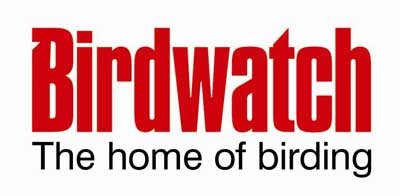The Cirl Bunting was reintroduced to
Now a conservation partnership, bringing together experts from the RSPB, Paignton Zoo, Natural England and the National Trust, is celebrating its first success with the reintroduction programme. RSPB Conservation Director Mark Avery said: “Many individuals and organisations are working together to put wildlife back into the countryside – this news will encourage us all to do even more! It’s great to work with farmers to help make the Cornish countryside richer for wildlife.”
More than 70 Cirl Bunting chicks were hand-reared by aviculturists from Paignton Zoo last year, after being collected under special licence from Natural England from nests in south
RSPB Conservation Officer Chris Townend said: “It is very symbolic that the birds have chosen this particular back garden to nest in. What better tribute to the efforts of farmers in supporting the species than to be rewarded not just by a pair of Cirl Buntings in your garden – but the first confirmed breeding pair in Cornwall for such a long time.”
Farmers and landowners are integral to the species’ ongoing comeback, as Cirl Buntings have very specific needs. They rely on what is known as ‘the big three’ – safe places to nest, winter food from weedy stubble fields where they can feed on seeds and spilt grain, and a summer menu of insects, such as their favourite grasshoppers.
Farmers are supported in meeting the birds’ needs through Government agri-environment schemes, through which they can receive payments for managing their land in the appropriate ways.
The reintroduction site, which remains a secret to minimise disturbance to the birds, has been monitored throughout the winter to determine how the released buntings were progressing.
To begin with the birds stayed closed to where they were released, feeding in special wild bird crops, but a wet and windy winter made it hard to keep an eye on where they were and there were fears that they might have fallen foul of the weather. But field workers relocated more than 50 per cent of the released birds early in the year, indicating that they had adapted well to their new environment.
Ian Carter, Ornithologist for Natural England, said: “Cirl Bunting reintroduction is one of the projects we’re backing through DEFRA’s Countdown 2010 Biodiversity Action Fund and we’re really pleased that it seems to be on track.
“Although there have been projects reintroducing larger species such as Red Kites and (White-tailed) Eagles, this is the first time it has been attempted with a small farmland bird, so it is a groundbreaking piece of conservation work.”
Although only one pair of reintroduced Cirl Buntings has bred so far, a second nest has already been located and field staff say they have recorded ‘a good number’ of other pairs and are confident that there will be more Cornish bunting chicks to report over the summer.
The first of this year’s intake of young birds are already being hand-reared by Paignton Zoo experts and the project hopes to release around 60 more Cirl Buntings in

